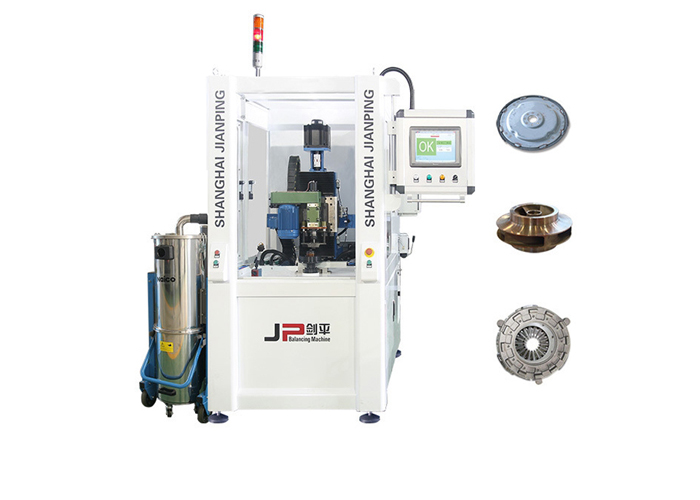Manufacturing firms can benefit from reducing vibration, improving balancing. We discuss a few of the main advantages:
Optimise performance – Increase your productivity by enabling you to operate at higher speeds. Dynamic balancing of rotating parts means that equipment works to optimum ability, delivering quick quality assurance.

Produce higher accuracies – Improve surface finish with vibration free spindles and achieve smaller mechanical tolerances.
Longer life components – Deliver a higher return-on-investment of your machinery; increase the life of your bearings and time between expensive tool changeovers.
Save downtime – Production efficiency is enhanced with less unexpected interventions required for maintenance.
Reduce energy consumption – With better performance, comes less power used.
Reduce noise levels – Create a better working environment with quieter products for your customers and machine operators, without compromising on quality.
Reduce mechanical stress – Working with less vibration minimises wear and tear between components, increasing the life of parts and reducing reduce failure rates.
Reduce operating costs – All of these benefits will improve quality, reduce warranty claims and save you money.

.png)
.png)

.png)
